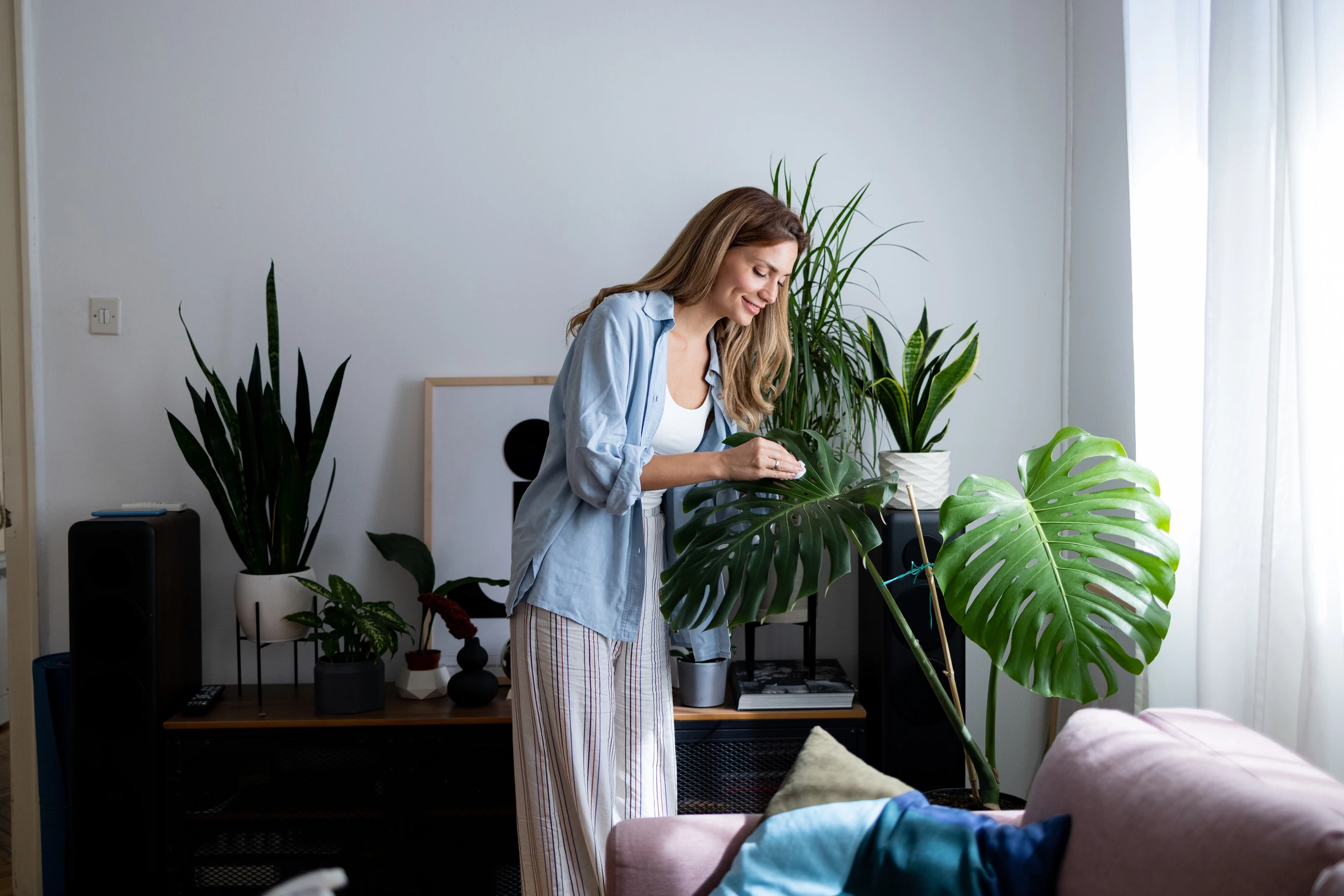February 2025
A Guide to Energy-Saving Lighting
Making simple changes to your home’s lighting can help you cut energy costs and lower your bills. We’ve broken down the key steps to help you make the switch to energy-efficient lighting.
%20(1).webp)
A Guide to Energy-Saving Lighting
Many UK homes are still using outdated lighting that wastes energy and drives up bills. Making the switch to energy-efficient lighting is a simple yet effective way to cut costs and reduce your carbon footprint. Here’s how to tell if your lighting is wasting energy and what you can do about it. For more ways to cut down on energy usage and lower your bills, visit our energy-saving tips page.
How Do I Know if a Light Bulb is Energy Efficient?
Checking whether your bulbs are energy-efficient is easy. When buying new bulbs, look for the energy rating on the packaging. The scale runs from A (most efficient) to E (least efficient), so choosing a bulb with the highest rating will help you use less electricity.
Also, take note of:
- Lumens: This measures brightness – the higher the lumens, the brighter the light.
- Kelvin: This determines colour temperature – lower kelvin numbers produce a warm, cosy light, while higher kelvin numbers give a cooler, daylight-like feel.
If you’re replacing an old bulb, take it with you to the shop to make sure you get the right fitting.
What Types of Light Bulbs are the Most Energy Efficient?
The most energy-efficient bulbs on the market are LEDs (Light Emitting Diodes). Compared to traditional incandescent or halogen bulbs, LEDs:
- Use up to 90% less energy
- Last up to 50 times longer
- Convert 95% of their energy into light, wasting very little as heat
While LEDs may cost a little more upfront, they last much longer and use far less electricity, making them the best choice for energy savings.
What are the Benefits of Energy-Saving Light Bulbs?
Switching to LEDs isn’t just good for the planet – it’s good for your wallet too. According to the Energy Saving Trust, replacing a single 50-watt halogen bulb with an LED equivalent could save you around £4 per year. If you swap all the bulbs in your home, those savings quickly add up.
On top of that, making the switch can reduce your home’s carbon dioxide emissions by up to 35kg per year – that’s the same impact as planting a tree.
How to Make Your Lighting More Energy Efficient
1. Check Your Existing Bulbs
Take a look around your home and note which bulbs are still incandescent or halogen. These older bulbs are the least efficient and waste a significant amount of energy. Focus on replacing them first, starting with the most frequently used lights, such as those in your kitchen, living room, or hallway. This will have the biggest immediate impact on your energy use.
2. Choose the Right LED Replacements
When selecting new LED bulbs, pay attention to their energy efficiency rating. The best choices are those rated A or B. Additionally, consider lumens for brightness—higher lumens mean a brighter light—and kelvin for warmth or coolness. If you want a soft, warm glow for a cosy atmosphere, opt for bulbs with a lower kelvin rating (around 2700K). For a crisp, daylight-like effect in workspaces, go for higher kelvin ratings (4000K or more).
3. Make the Most of Natural Light
One of the easiest ways to reduce your reliance on artificial lighting is by making full use of daylight. Keep curtains and blinds open during the day to allow as much natural light into your home as possible. Consider using light-coloured walls and reflective surfaces to help distribute sunlight more effectively. If privacy is a concern, use sheer curtains to diffuse light while still maintaining brightness.
4. Use Dimmers and Sensors
Installing dimmer switches gives you greater control over your lighting, allowing you to adjust brightness to suit different times of the day and activities. For example, you can dim lights in the evening to create a relaxing atmosphere while using full brightness only when needed. Motion sensors and timers are also great energy-saving tools—these ensure lights turn off automatically when rooms are unoccupied, preventing unnecessary energy waste.
Common Myths About LED Lighting
“LEDs are too expensive.”
Not true. While they cost more upfront, LEDs last much longer and use far less electricity, meaning they pay for themselves over time.
“LEDs are too bright and harsh.”
Wrong again. LEDs come in a range of colour temperatures, so you can choose a warm, soft light or a bright daylight effect to suit your home.
Final Thoughts
Switching to energy-efficient lighting is one of the easiest ways to cut down on your energy usage and lower your bills. By choosing LEDs and making a few simple changes to how you use lighting at home, you can make a real difference – for both your finances and the environment.
Want more tips on saving energy? Check out our other energy-saving blogs.





